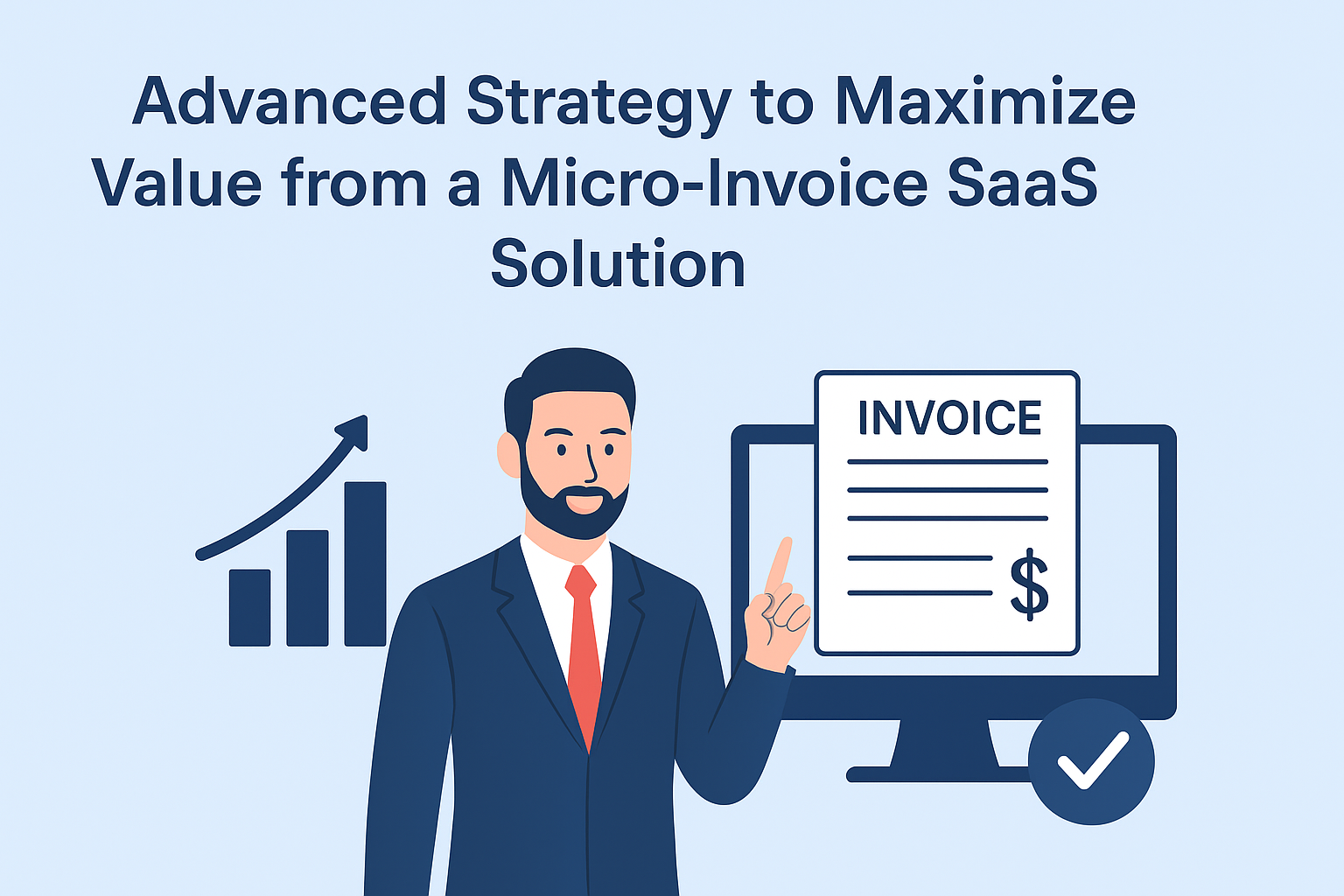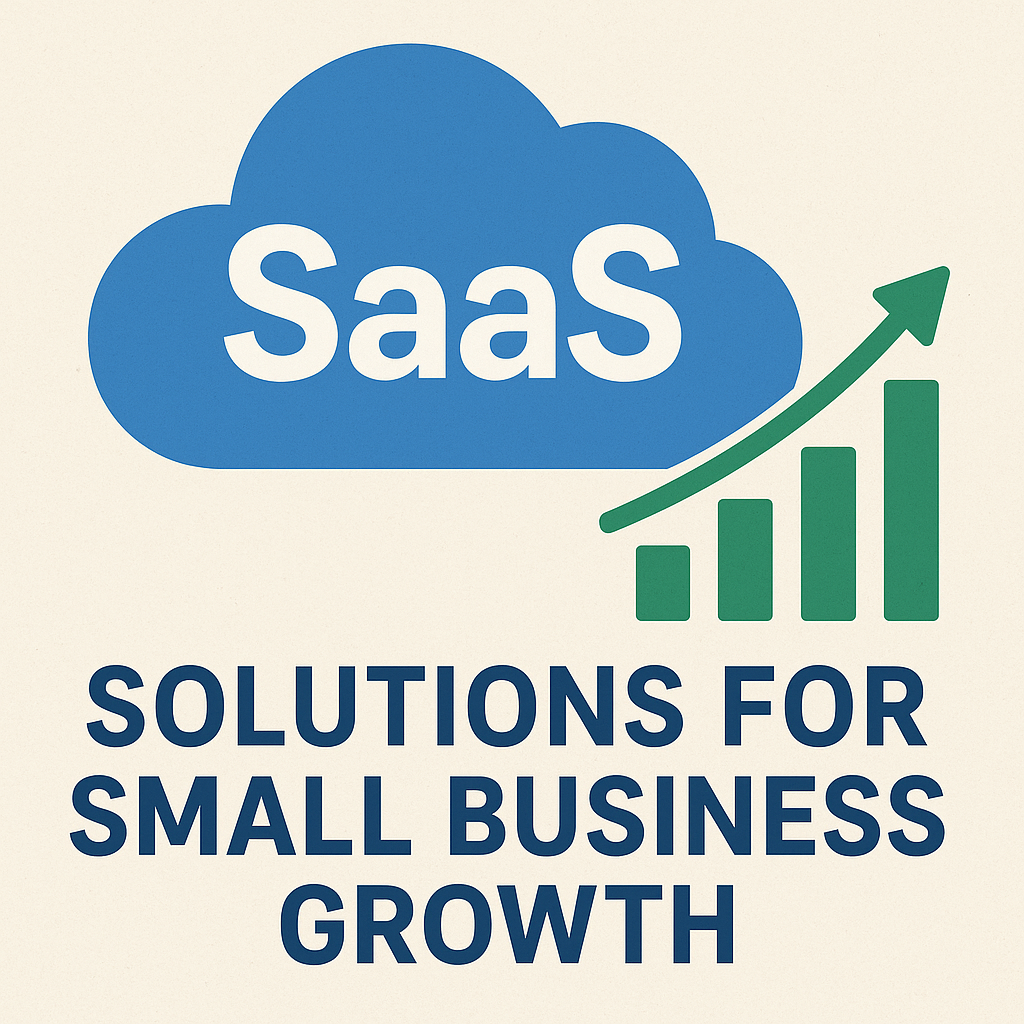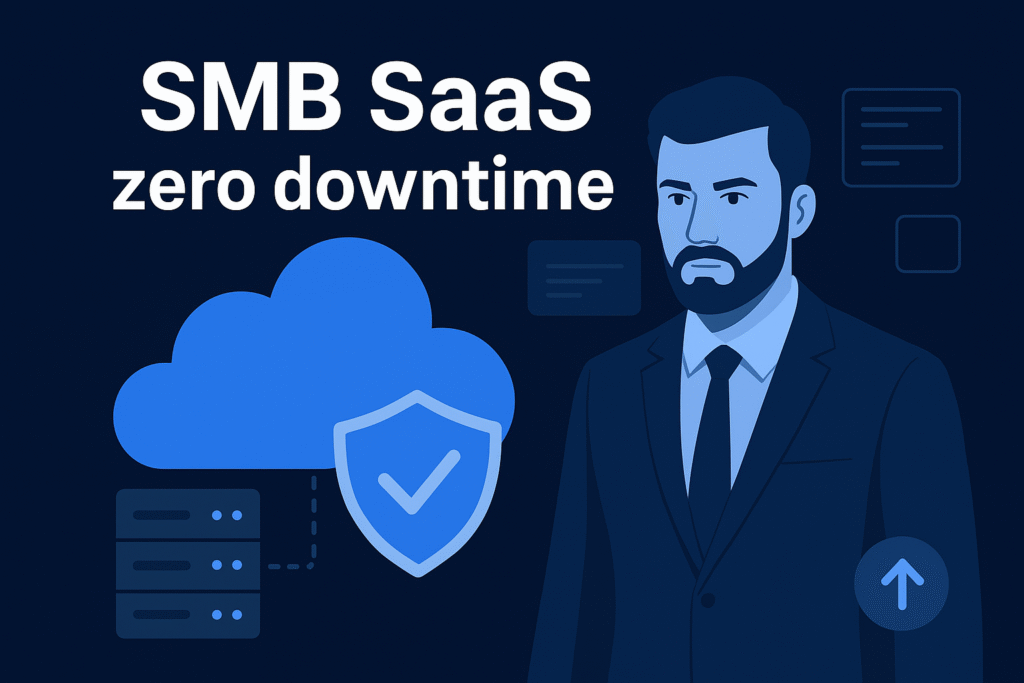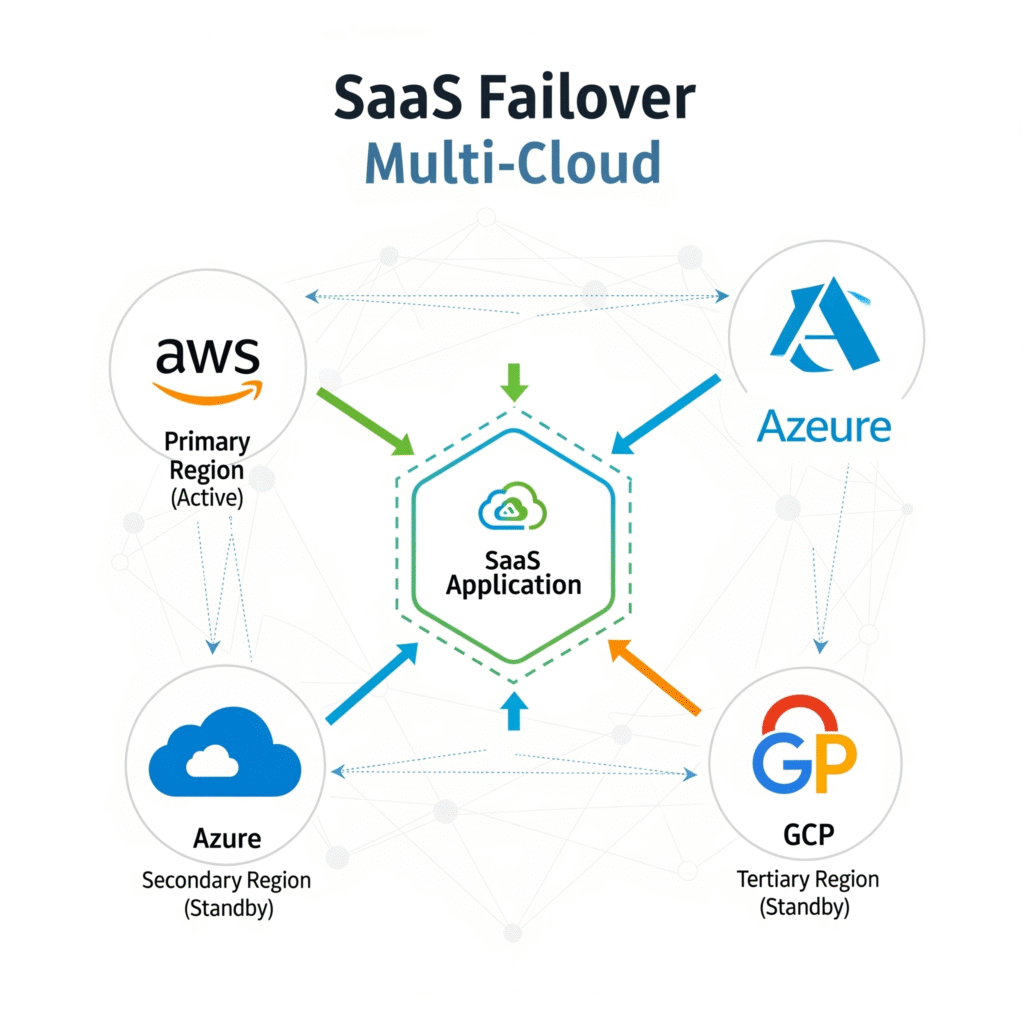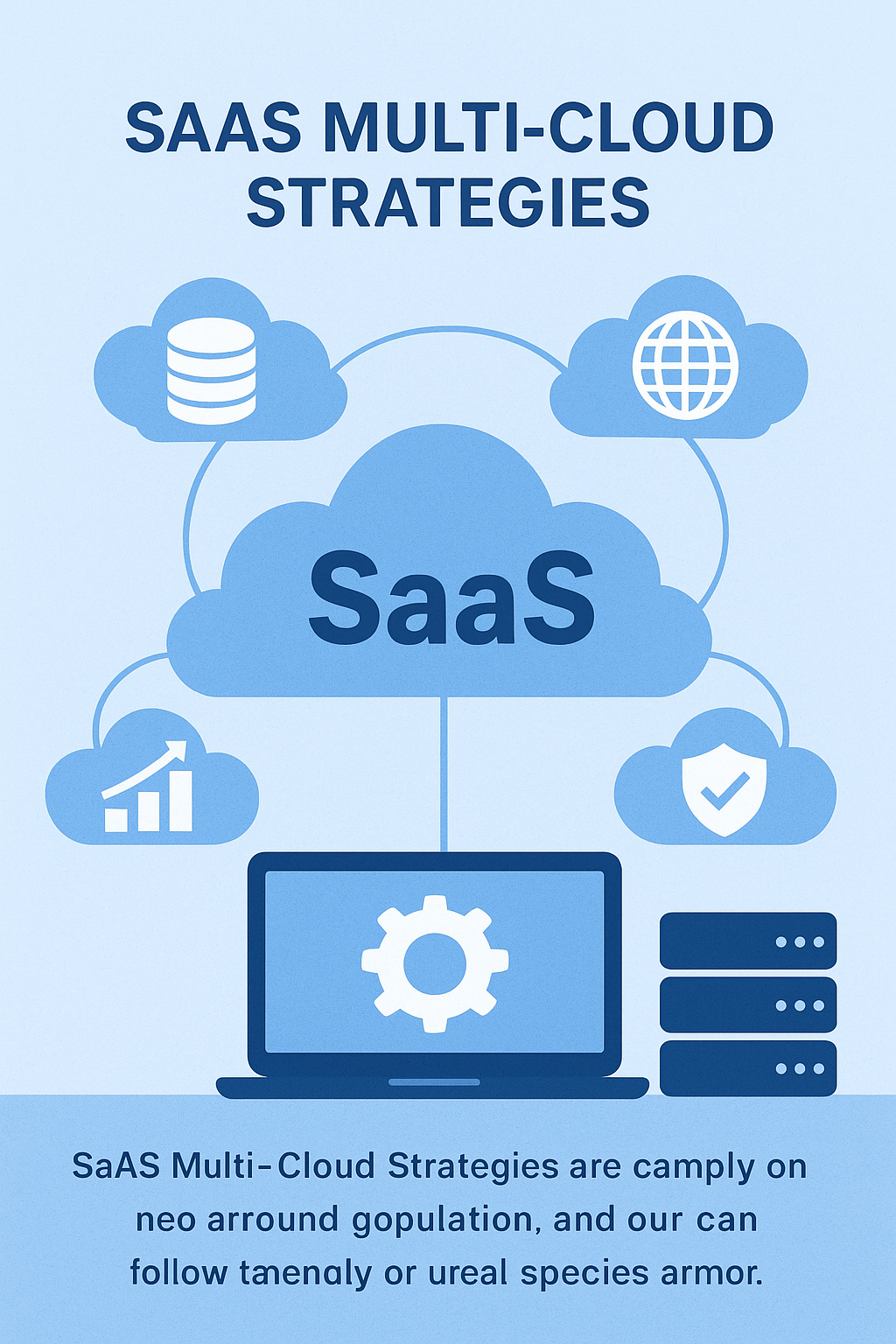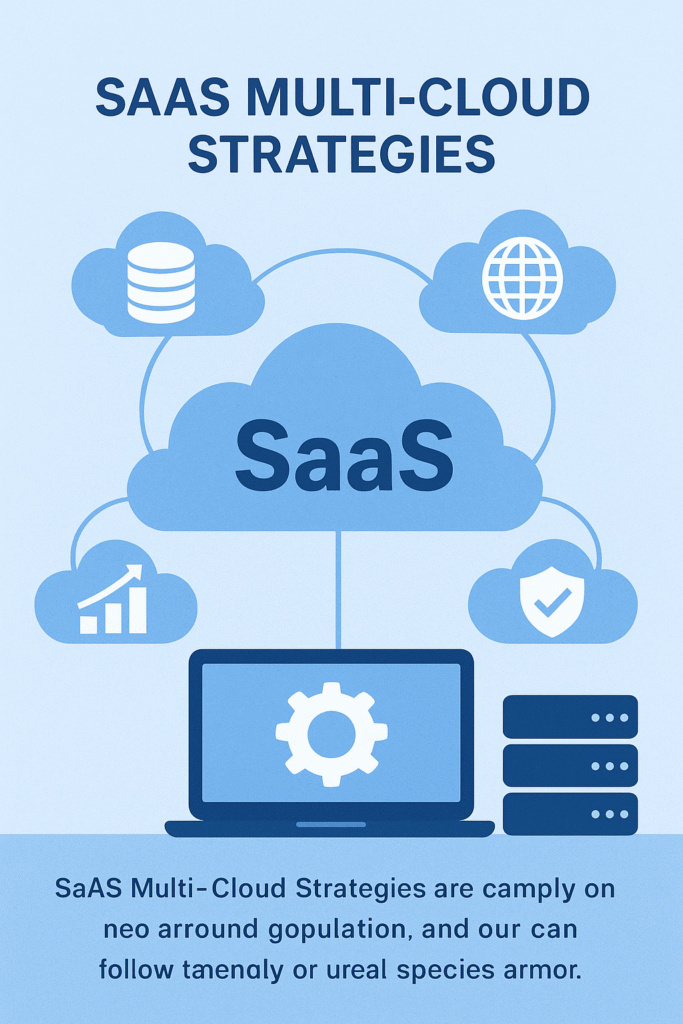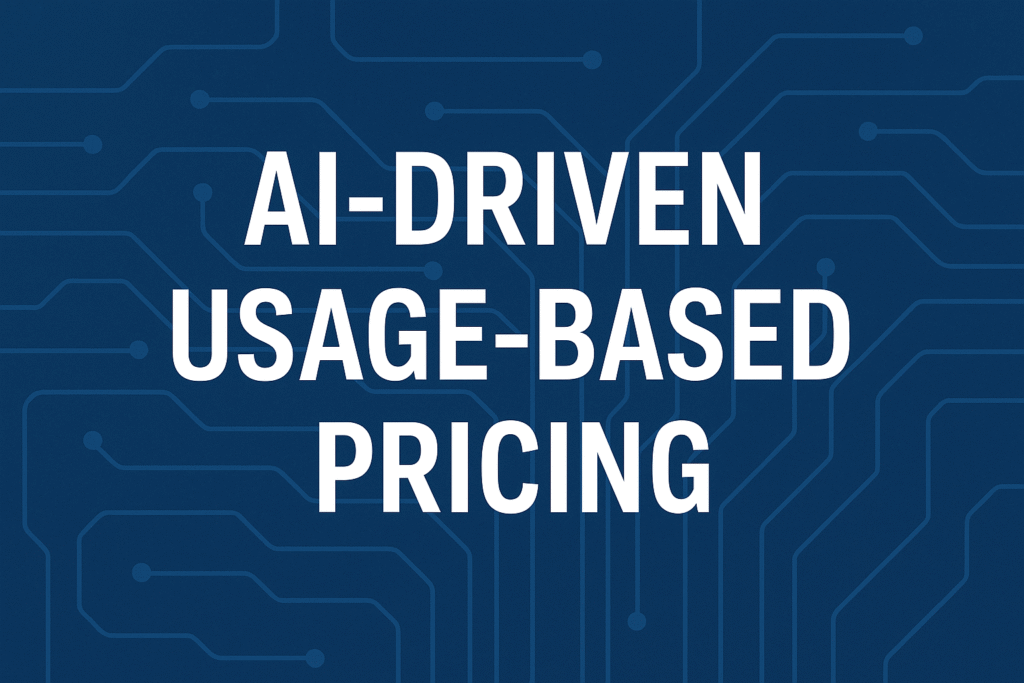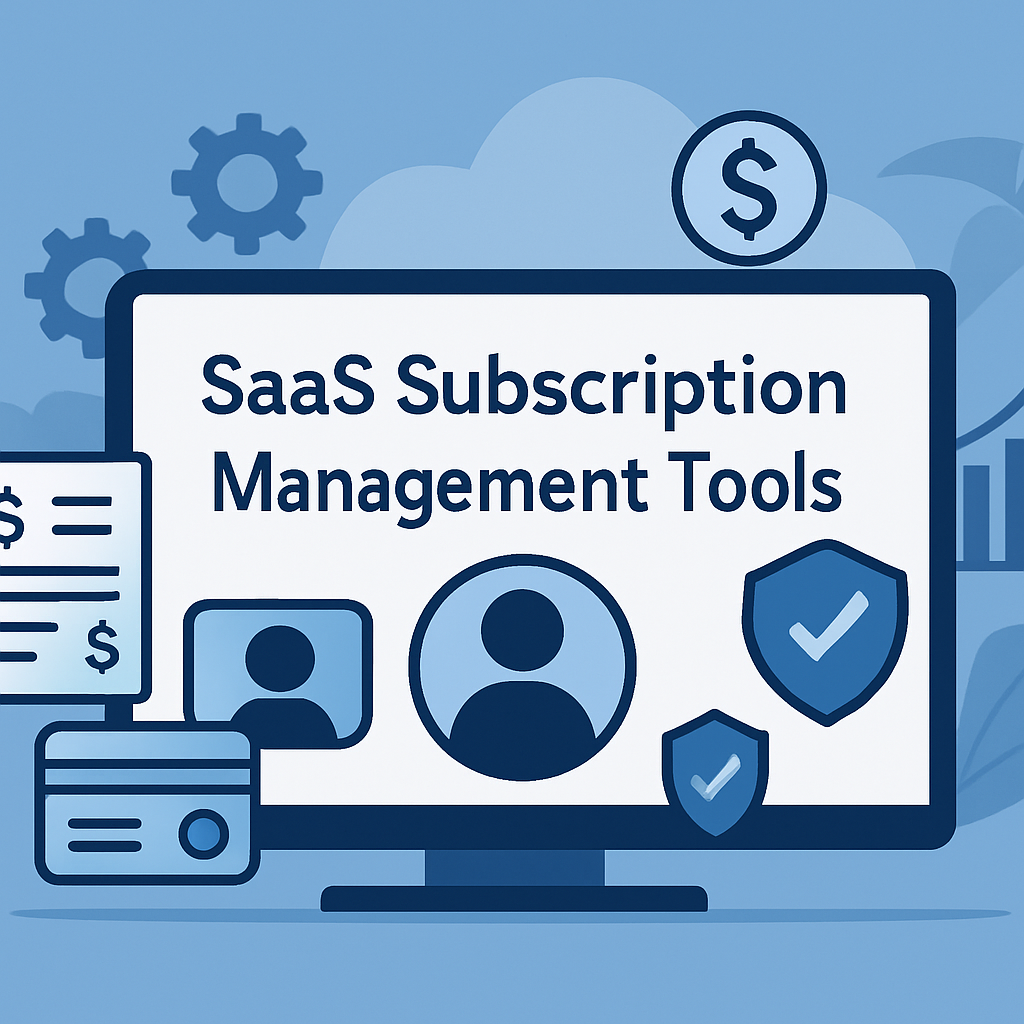Introduction
In the world of Artificial Intelligence, one phrase often stands out: what is a prompt in generative AI. Whenever we use tools like ChatGPT, Bard, Midjourney, or other AI platforms, we provide them with a command or instruction known as a “prompt.” This naturally leads to the question: what is a prompt in generative AI and why does it hold so much importance?
In simple terms, a prompt is the “input” we give to a generative AI model so it can produce an output. Whether it’s text, an image, or even audio, every creation begins with a prompt. That is why understanding what is a prompt in generative AI is essential for every user, as the input you provide directly shapes the quality of the output.
In reality, what is a prompt in generative AI is not just a basic question or instruction—it is an evolving skill and even an art. With well-crafted prompts, you can achieve more accurate, creative, and human-like results. Today, businesses, students, content creators, and SaaS founders are all eager to learn what is a prompt in generative AI so they can enhance productivity and unlock greater efficiency in their work.
Defining the Prompt
At its core, a prompt is the input we provide to a generative AI system. It can be a question, a command, a description, or even a short scenario. For example:
- “Summarize this article in five bullet points.”
- “Write a product description for a micro-SaaS invoicing app in plain English.”
- “Generate a step-by-step Python code snippet that sorts data.”
In each case, the user’s words are the spark. The AI interprets them and generates an output—whether text, image, audio, or structured data. That is why the answer to what is a prompt in generative AI cannot be reduced to “just a question.” A prompt is a design tool that directly shapes the quality, accuracy, and usefulness of the response. In fact, professionals now see what is a prompt in generative AI as the core literacy skill for working with machine intelligence.
Types of Prompts
Over the past few years, practitioners have identified common categories of prompts:
- Instruction-based prompts: Simple commands or questions. Example: “List ten benefits of renewable energy.”
- Context-rich prompts: Adding background, audience, or specific details. Example: “As a marketing consultant, create a 30-day content plan for a small coffee shop.”
- Few-shot prompts: Providing one or two examples to guide the output style. Example: “Here is an example of a motivational quote. Now generate five more in a similar style.”
- Structured prompts: Asking for outputs in JSON, tables, or bullet lists for easy post-processing.
- Role-based prompts: Assigning the AI a persona, such as “Act as a cybersecurity advisor and explain basic web app security in simple language.”
Each of these categories expands our understanding of what is a prompt in generative AI and highlights that prompt writing is an evolving skill. For content creators, the ability to grasp what is a prompt in generative AI also means learning when to use which type for maximum clarity and impact.
Why Prompts Matter
Why should anyone spend time learning this? Because prompts act as levers of quality. A vague or poorly worded instruction leads to shallow or inaccurate responses. A sharp, well-crafted prompt produces results that are clear, reliable, and often creative. In other words, the better you master what is a prompt in generative AI, the more value you unlock from the tool.
This matters in several domains:
- Education: Students can prompt AI to explain difficult topics in simpler terms.
- Business: Founders use prompts to draft emails, strategies, or investor decks.
- Creative industries: Writers and designers use prompts to brainstorm ideas or generate raw material for editing.
- Software development: Developers use prompts to check code, create documentation, or automate repetitive tasks.
- Everyday productivity: Professionals use prompts for summarizing, drafting, or rewriting text, which makes understanding what is a prompt in generative AI a necessity rather than a curiosity.
Best Practices for Writing Effective Prompts
Through experimentation and research, experts have identified best practices that make prompts more effective:
- Clarity first: State the goal directly in one sentence.
- Provide context: Add details about the audience, constraints, or scenario.
- Define format: Tell the AI whether you want bullet points, a numbered list, or a structured table.
- Give examples: A few examples of the desired style improve consistency.
- Set boundaries: Limit word count, tone, or focus area to avoid irrelevant output.
- Iterate: The first attempt is rarely the final answer. Refine and adjust based on results.
By following these practices, we move from asking “what is a prompt in generative AI” to actually mastering the craft of prompt engineering. The more one applies these steps, the clearer it becomes why what is a prompt in generative AI matters in shaping usable, trustworthy answers.
Techniques that Improve Results
Different techniques are useful depending on the complexity of the task:
- Zero-shot prompting: The AI is asked directly, without examples. Good for simple queries.
- Few-shot prompting: Small examples guide the model, helpful for consistent tone.
- Chain-of-thought prompting: Asking the AI to reason step by step, especially for complex problems.
- Structured output prompting: Requesting JSON or table output for integration into apps.
- Persona prompting: Instructing the AI to “act as” a specific role or expert.
Knowing these methods allows users to adapt. The real skill lies in understanding which technique to choose for which scenario. It also reinforces the idea that what is a prompt in generative AI is not a static definition but a living practice that evolves with use.
Prompts, Reliability, and Trust
One major challenge with generative AI is the risk of hallucination—when the system produces confident but false statements. Strong prompts reduce this risk. By specifying sources, asking for citations, or demanding verifiable data, the user builds trust. This aligns with Google’s EEAT (Experience, Expertise, Authoritativeness, Trustworthiness) principles. A prompt like:
“Provide a 300-word explanation of renewable energy, citing at least two credible government or academic sources.”
…is far more reliable than:
“Tell me about renewable energy.”
Here, the connection between what is a prompt in generative AI and the credibility of information becomes clear. Prompts are not only about creativity; they are also about responsibility. By practicing and testing prompts repeatedly, users gain first-hand experience, which builds expertise and trustworthiness—the very elements EEAT requires.
Applications in SaaS and Business Contexts
For SaaS founders and small businesses, prompts can be game-changers:
- Customer support: Clear prompts help AI chatbots deliver accurate, empathetic responses.
- Marketing: Prompts generate ad copy variations, headlines, and social content.
- Productivity: Teams can prompt AI to summarize meeting transcripts or draft proposals.
- Security: Developers prompt AI tools to review code or suggest penetration testing strategies.
Each use case proves that the answer to what is a prompt in generative AI extends beyond theory; it directly shapes business efficiency and customer satisfaction. When businesses ask not just what is a prompt in generative AI but how can I design the right one, they begin to see measurable gains in performance and engagement.
Common Mistakes to Avoid
Even advanced users make mistakes with prompting. Some pitfalls include:
- Being vague: “Write about technology” is too broad.
- Overloading the prompt: Too many requests at once confuse the model.
- Skipping context: Without details, the AI cannot tailor the answer.
- Ignoring iteration: Expecting perfection in one try leads to frustration.
Avoiding these traps keeps outputs useful and reliable. Ultimately, these mistakes show why knowing what is a prompt in generative AI is important: without awareness, the risk of wasted time and misleading output increases.
Example Prompt Template
Here is a practical template that illustrates how to write a high-quality prompt:
- Role: “You are a SaaS advisor helping small businesses.”
- Task: “Create a 30-day marketing plan for a micro-SaaS invoicing app.”
- Constraints: “Keep it under 800 words, include weekly goals, and focus on cost-effective strategies.”
- Format: “Deliver as a numbered list followed by a summary paragraph.”
This template shows that mastering what is a prompt in generative AI is about structure as much as creativity. By practicing templates like this, users develop skill and confidence, and they stop asking only what is a prompt in generative AI—they begin to demonstrate it through action.
What is a Prompt in Generative AI — A Deep Analysis
Table of Contents
- Practical Value of what is a prompt in generative AI
- Common Patterns in what is a prompt in generative AI
- Business Edge of what is a prompt in generative AI
- User Mistakes Highlighted by what is a prompt in generative AI
- Competitive Advantage through what is a prompt in generative AI
- Comparative Table of Prompting Approaches
- Final Observations
Practical Value of what is a prompt in generative AI
The concept of what is a prompt in generative AI carries practical meaning in daily workflows. A prompt is not only a command or a question but also a pathway to guide the model toward precise outcomes. For students, this concept is critical because it helps them simplify learning materials. For professionals, it streamlines tasks that previously required hours of manual labor. For developers, a clear understanding of what is a prompt in generative AI reduces confusion, saves time, and improves collaboration between machines and humans.
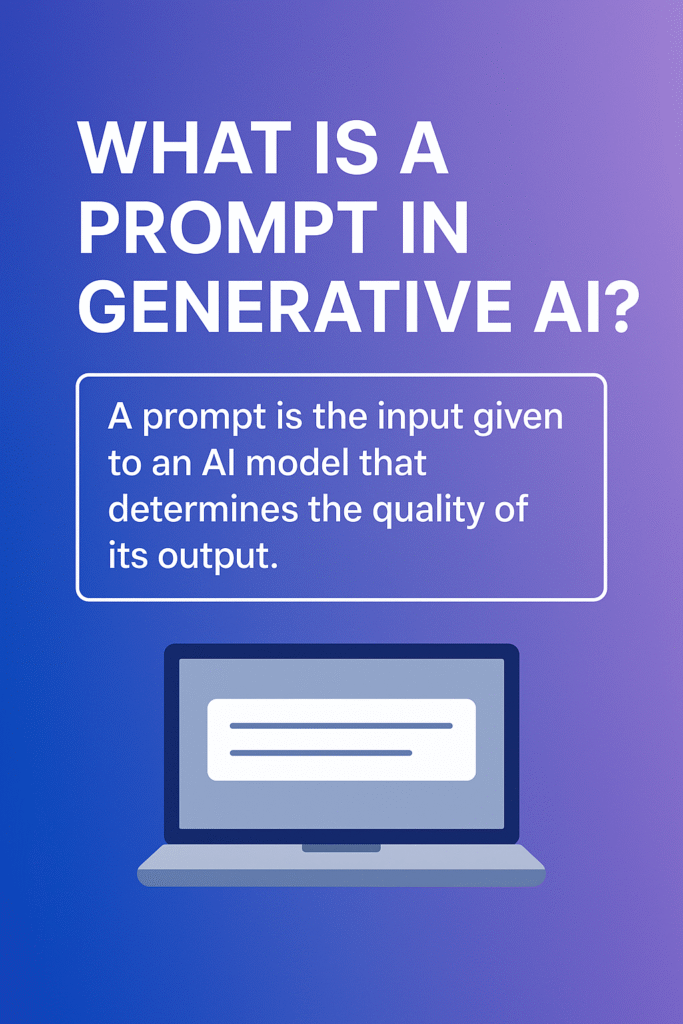
When applied effectively, the right kind of prompt minimizes ambiguity. Instead of vague instructions, the user sets specific objectives and expects relevant output. This value proposition shows that what is a prompt in generative AI is not an abstract phrase but a working instrument for everyday results.
Common Patterns in what is a prompt in generative AI
Across industries, certain patterns appear repeatedly in the way prompts are structured. Users often discover that adding context, providing examples, and defining formats changes the quality of the answer. These patterns highlight why what is a prompt in generative AI becomes more powerful when treated as a repeatable design process rather than a random instruction.
Instruction-based prompts deliver simple answers. Context-driven prompts allow personalization. Few-shot examples help match tone and style. Structured prompts guarantee consistency. Role-based instructions push the model into an expert perspective. Each pattern strengthens the argument that what is a prompt in generative AI is not static but adaptable.
Business Edge of what is a prompt in generative AI
Companies realize that knowing what is a prompt in generative AI is a direct advantage. Customer support agents can reduce error rates when chatbots are guided by targeted prompts. Marketing teams can generate dozens of headline variations within minutes. Sales teams can use prompts to craft persuasive scripts tuned to specific audiences.
Startups in particular benefit. Micro-SaaS founders can experiment with strategies, generate code snippets, and polish documentation without hiring additional staff. This edge demonstrates that what is a prompt in generative AI is more than knowledge; it is leverage. Organizations that train their people in this literacy move faster, operate leaner, and compete harder.Blog
User Mistakes Highlighted by what is a prompt in generative AI
Despite the benefits, common mistakes reveal the gap between theory and practice. Many users issue vague queries such as “write something about finance.” Others overload instructions by mixing multiple demands in one line. Some skip context entirely, expecting the model to guess.
These errors underline the importance of mastering what is a prompt in generative AI. Avoiding mistakes requires discipline: start with one goal, include audience details, and decide on the final format. Without these steps, outputs lose quality, and users waste both time and resources. Recognizing mistakes becomes a learning exercise that reinforces the role of prompts in shaping trust and efficiency.
Competitive Advantage through what is a prompt in generative AI
In competitive markets, efficiency is the difference between growth and stagnation. Businesses that integrate prompt training into their teams’ skill sets outperform rivals who treat AI casually. Knowing what is a prompt in generative AI equips organizations to optimize resources and reduce dependency on external consultants.
A competitive advantage emerges when prompts are crafted to fit workflows. For instance, a SaaS platform that instructs AI to produce onboarding guides in local languages builds inclusivity. A retailer that asks AI to create dynamic product descriptions saves content costs. These practical edges prove that what is a prompt in generative AI is not simply a technical curiosity but a tool for market leadership.
Comparative Table of Prompting Approaches
| Aspect | Weak Prompt Example | Strong Prompt Example | Why it Matters in what is a prompt in generative AI |
|---|---|---|---|
| Clarity | “Write about technology.” | “Summarize five SaaS growth strategies for 2025 in 300 words.” | Demonstrates how clear goals create useful results. |
| Context | “Explain marketing.” | “Explain email marketing for small retailers in Asia.” | Adds audience focus and removes generic noise. |
| Format Control | “Give me information on AI.” | “List seven AI applications in a numbered bullet format.” | Format guarantees readability and structure. |
| Reliability | “Tell me about renewable energy.” | “Provide 250 words with two academic citations.” | Builds trust and ensures factual grounding. |
| Creativity Guidance | “Make a slogan.” | “Generate three slogans for a micro-SaaS invoicing tool.” | Encourages originality with a defined direction. |
This table comparison makes it obvious that the power of what is a prompt in generative AI lies in moving from weak, vague instructions to precise, structured commands. The difference in clarity directly impacts trust, creativity, and usability.
Final Observations
After analyzing its value, patterns, mistakes, and business edge, one thing is clear: what is a prompt in generative AI is not just a definition—it is a skill. It is the bridge that connects human intention with machine output. For individuals, it increases productivity. For companies, it generates measurable results. For markets, it creates competitive edges.
Prompts determine quality, shape credibility, and unlock efficiency. By treating them as design tools rather than casual commands, users convert AI into a reliable partner. In simple terms, learning what is a prompt in generative AI is not optional anymore; it is the next digital literacy.
Conclusion
Understanding what is a prompt in generative AI is more than a technical exercise—it is the foundation of effective collaboration between humans and intelligent systems. A strong prompt shapes clarity, boosts creativity, and ensures trust in the information being delivered. When users design prompts with purpose, they unlock efficiency in education, business, and innovation.
The real takeaway is that what is a prompt in generative AI defines the quality of interaction. Clear instructions lead to accurate outcomes, while vague requests waste both time and resources. For students, professionals, and organizations, learning how to frame prompts is now a digital literacy skill as important as writing or research.
By treating prompts not as casual commands but as carefully structured tools, individuals and companies alike gain a measurable advantage. In short, knowing what is a prompt in generative AI means holding the key to making artificial intelligence truly work for human goals.
FAQs
Q1: What is a prompt in generative AI and why is it important?
A prompt is the input given to an AI model that determines the quality of its output. It is important because well-structured prompts deliver accurate, creative, and trustworthy results.
Q2: How can businesses benefit from understanding what is a prompt in generative AI?
Businesses gain efficiency, stronger customer engagement, and reduced costs when they train teams to design clear, structured prompts for AI tools.
Q3: What are the common mistakes people make with prompts?
The most frequent errors include vague instructions, lack of context, mixing multiple tasks in one prompt, and failing to refine or iterate prompts.
Q4: Can prompt design improve trustworthiness in AI outputs?
Yes. By specifying context, format, and reliable sources, prompt design ensures that results are factual and aligned with Google’s EEAT principles.
Q5: Is knowing what is a prompt in generative AI a technical skill or a general literacy?
It is both. While it involves technical understanding, it has become a general literacy skill that empowers anyone to interact productively with AI.

